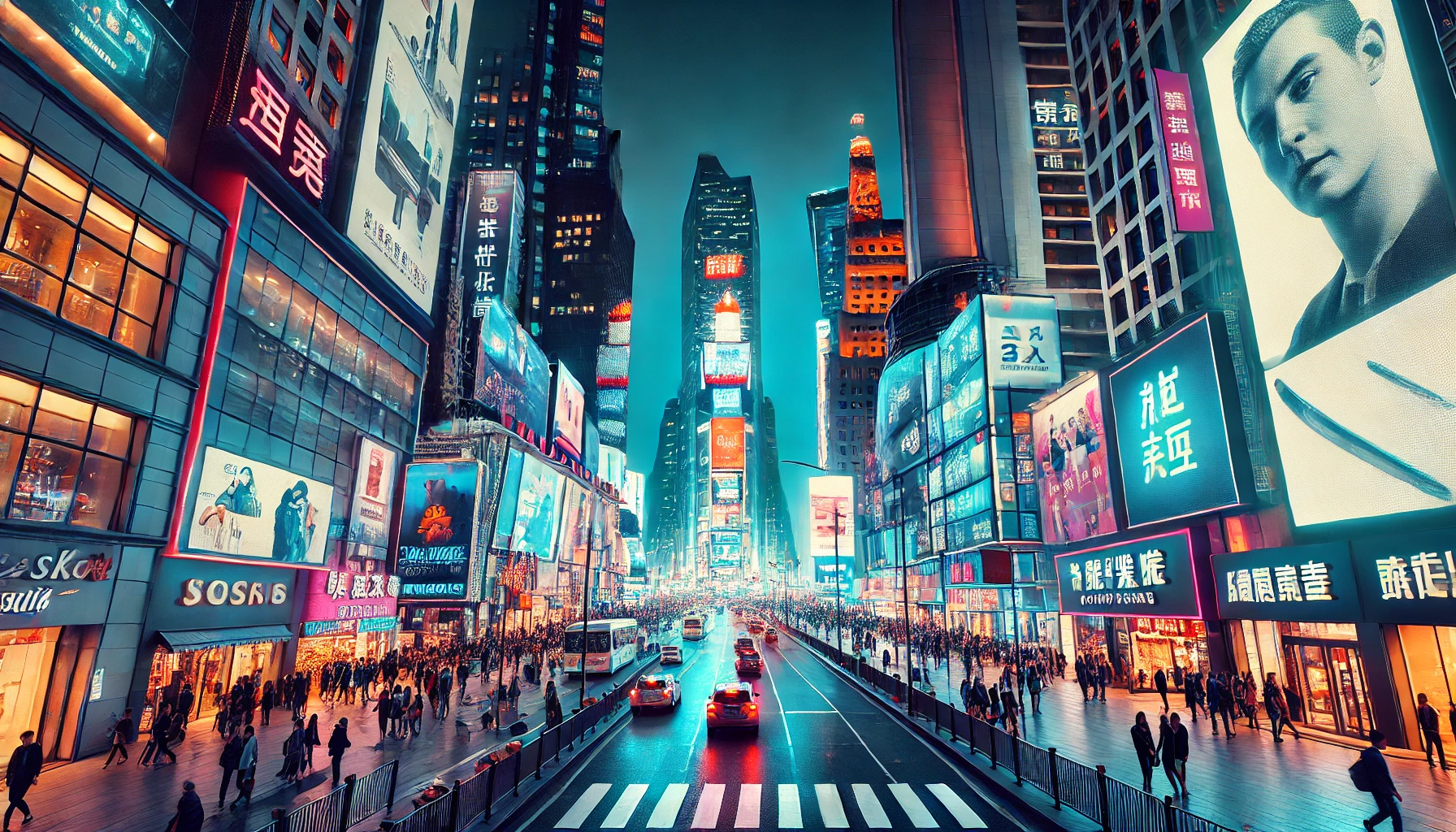DOOH (Digital Out-Of-Home) advertising, also known as digital out-of-home advertising, is a form of advertising that uses conventional outdoor advertising media to digitize them to display dynamic and even interactive advertising content. Digital Out Of Home advertising is considered the evolution of OOH advertising or outdoor advertising, since it integrates digital technology and achieves more efficient and attractive results for the public.
It is characterized by using LED and LCD screens to digitize ads in places such as subway stations, shopping malls, busy streets, among others. With the help of technological advances, advertising content, unlike static outdoor advertising, is dynamic. Therefore, the videos, animations and graphics displayed better capture the attention of the public, the main objective of any campaign.
Benefits of using DOOH advertising
The triumph of digital out-of-home advertising has several reasons that we explain below:
Interactivity
DOOH advertising stands out for its ability to deliver interactive experiences, allowing users to engage directly with ad content. Through the use of touch screens, viewers can participate in games, polls or search for information in real time. In addition, with the integration of different technologies such as QR codes, users are able to access exclusive content, creating a more immersive and memorable experience.
Geolocation
Geographic and temporal targeting is one of the great benefits of Digital Out Of Home advertising, as it allows ads to be tailored to the specific location and time. With the help of geolocation, advertisers can display content that is relevant specifically to the area where the display is located, ideal for local businesses or regional promotions. In addition, ads can vary according to the time of day, adapting to different audiences at different times, and it is also possible to adjust content based on local events or weather conditions.
Real-time measurement
The effectiveness of an advertising campaign requires rigorous monitoring to provide useful information to advertisers. In the context of DOOH advertising, valuable data can be obtained through sensors and cameras embedded in digital media, which count in real time the number of people who see the ad and measure the time spent looking at it. This availability allows brands to make immediate adjustments to optimize the performance of their campaigns.
Flexibility
Flexibility in content is one of the main advantages of DOOH advertising because it allows ads to be updated and managed quickly and easily. Advertisers working with digital advertising can change ads remotely and almost instantaneously, allowing an agile response to, for example, new market opportunities or possible changes in marketing strategy. In addition, the ability to display dynamic content keeps content fresh and engaging for the audience. The integration of multiple formats, including text, images and interactive elements, into a single advertising campaign offers the versatility to create innovative and engaging ads.
Types of Formats in Digital Outdoor Advertising
Street advertising
Digital advertising can be presented in the busiest streets in the form of mupis, bus shelters, billboards, billboards, billboards, etc.. Being located in open and public places, they can attract the attention of pedestrians and traffic in general. This format is very popular with advertisers who need to achieve the greatest possible impact and reach, without having a specific target audience.
Localized advertising
Localized advertising is usually found in more enclosed areas and is aimed at a more specific target audience. They are placed, for example, in shopping malls, to advertise the establishments inside, such as clothing stores, sporting goods stores, restaurants and gyms. Normally, they are used strategically to capture the attention of a certain public passing through a specific area.
Point-of-sale advertising
This DOOH advertising format, like the previous one, is located within a specific place, so the maximum reach it can have is reduced to the number of people passing through that place. Unlike localized advertising, point-of-sale ads are placed inside an establishment where the advertised product is sold, in order to attract the attention of users passing by.
The Evolution of OOH Advertising
As you have seen, DOOH (Digital Out-Of-Home) advertising goes a step beyond OOH advertising, also called outdoor advertising, due to the integration of AdTech. While Out-Of-Home advertising encompasses any advertising located outside the home, such as posters, billboards and panels that are static and non-interactive in nature, the incorporation of digital technology means that DOOH advertising allows the use of touch screens, facial recognition and bluetooth connection to other devices. These features make the user experience of being exposed to advertising much more interactive, dynamic and engaging.
However, DOOH advertising is not the only one that leaves traditional outdoor advertising in the background. With the rise of FOOH advertising, where the most surreal ads come to life and are able to make the viewer doubt whether what they are seeing is real or not, we are facing an era where digital advertising takes the leading role, in which advertisers can take advantage of the latest advantages that optimize advertising strategies to achieve more impact, reach and viralization.
Implement advanced technologies in DOOH advertising
Although DOOH advertising is a great novelty for the advertising industry, its benefits can be enhanced by integrating different advanced technologies such as Augmented Reality, Virtual Reality and Artificial Intelligence, which have the potential to completely transform digital outdoor advertising to make the experience more immersive, personalized and realistic, which can increase audience engagement and improve the effectiveness of campaigns.
Augmented reality can be integrated into DOOH advertising to deliver interactive experiences that overlay digital information on the user's physical environment. For example, digital display ads can allow users to scan a QR code with their cell phones to access content of interest. This interaction not only captures the audience's attention, but also provides a memorable experience that can influence purchase decisions and brand loyalty.
In the case of virtual reality, it can be used to offer more original experiences that surprise the viewer by immersing them in 360º formats, digital tours or virtual worlds where advertising is the protagonist. This immersive experience can significantly influence purchasing decisions by offering a hyper-realistic and attractive preview of products or services.
Artificial intelligence (AI) also plays a crucial role in the personalization and optimization of DOOH advertising. AI algorithms are able to analyze large volumes of real-time data, such as foot traffic, weather conditions and consumer behavior, to adjust advertising content dynamically and contextually. This is a great help for advertisers who want to track the campaign and see how it is performing, to correct potential errors or maximize profits.
Digital outdoor advertising application case studies
Augmented Reality advertising
To give an example of what Augmented Reality is capable of bringing to DOOH advertising, we choose a DeuSens project with G2A, where a digital mupi installed at a bus stop had a camera that captured the other side of the bus shelter, turning the mupi into a kind of portal, through which viewers could see how different characters interacted with the real world. This campaign managed to capture the attention of pedestrians by offering a hyper-realistic and innovative experience.
3D advertisements
The incorporation of three-dimensional digital elements are also a way to capture the public's attention, especially if the format is placed in the right place, where it has maximum visibility to ensure the widest possible reach. Callao City Lights managed to transform one of Madrid's busiest areas by incorporating realistic 3D advertising that received the expected attention from the locals.
Innovation at the point of sale
As we have mentioned above, one of the formats that exist to carry out DOOH advertising is at the point of sale itself. If we also add augmented reality technology to the experience, we get the campaign that Campofrío carried out with the DeuSens team to gamify the shopping experience at the point of sale.
The operation of this project was based on a point of sale where users could, through their mobile devices, participate in a competitive mini-game that incorporated the brand's products. This experience reinforced the brand's relationship with the consumer, influencing the purchase intention.
Future of Out-Of-Home Digital advertising
The future of DOOH (Digital Out-Of-Home) advertising looks promising, driven by advanced technologies such as augmented reality (AR), virtual reality (VR) and artificial intelligence (AI), become the ideal option for advertisers who want to adapt their advertising campaigns to the latest technology, to streamline the campaign measurement process and elevate the user experience, offering better personalization, effectiveness, interactivity and engagement.
Are you interested in creating DOOH advertising campaigns that implement technologies such as Augmented Reality in their production? Our design and development team will help you bring your idea to reality.
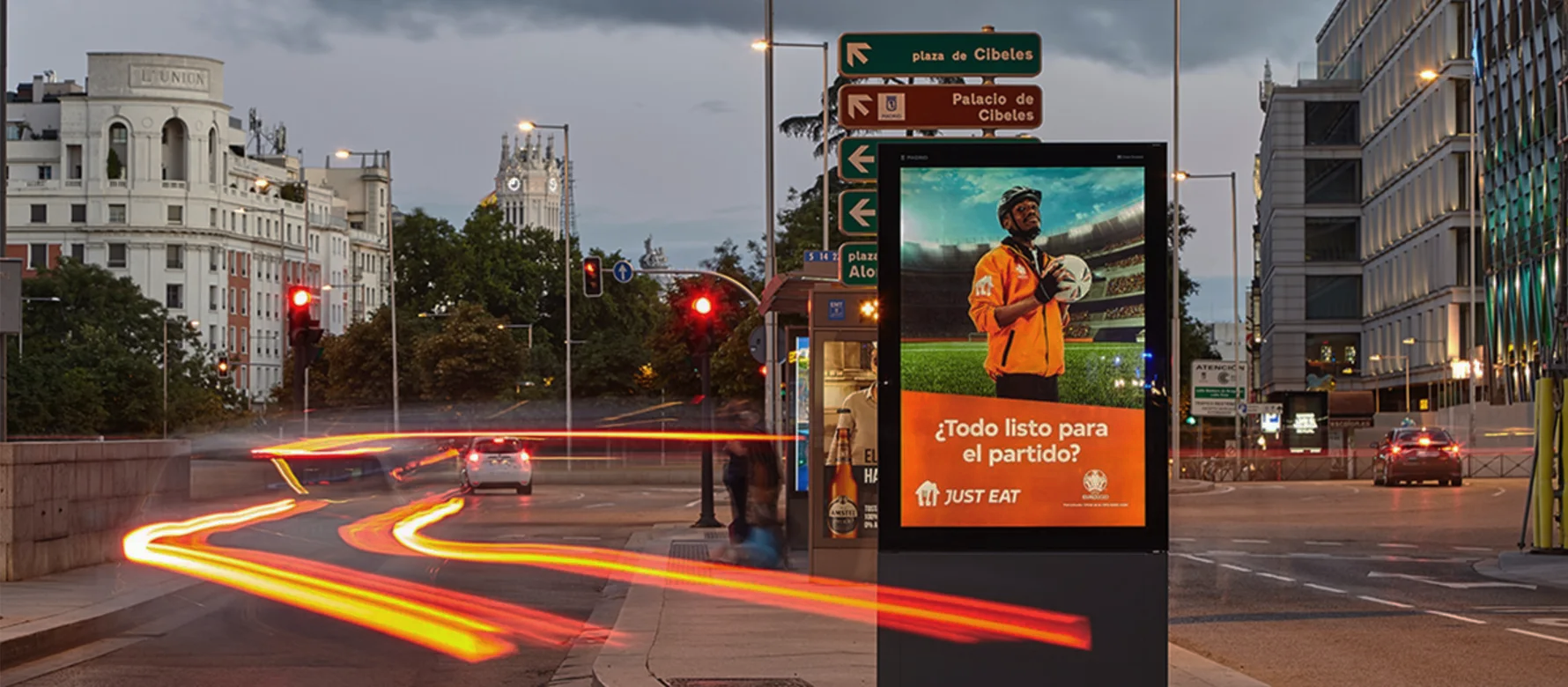
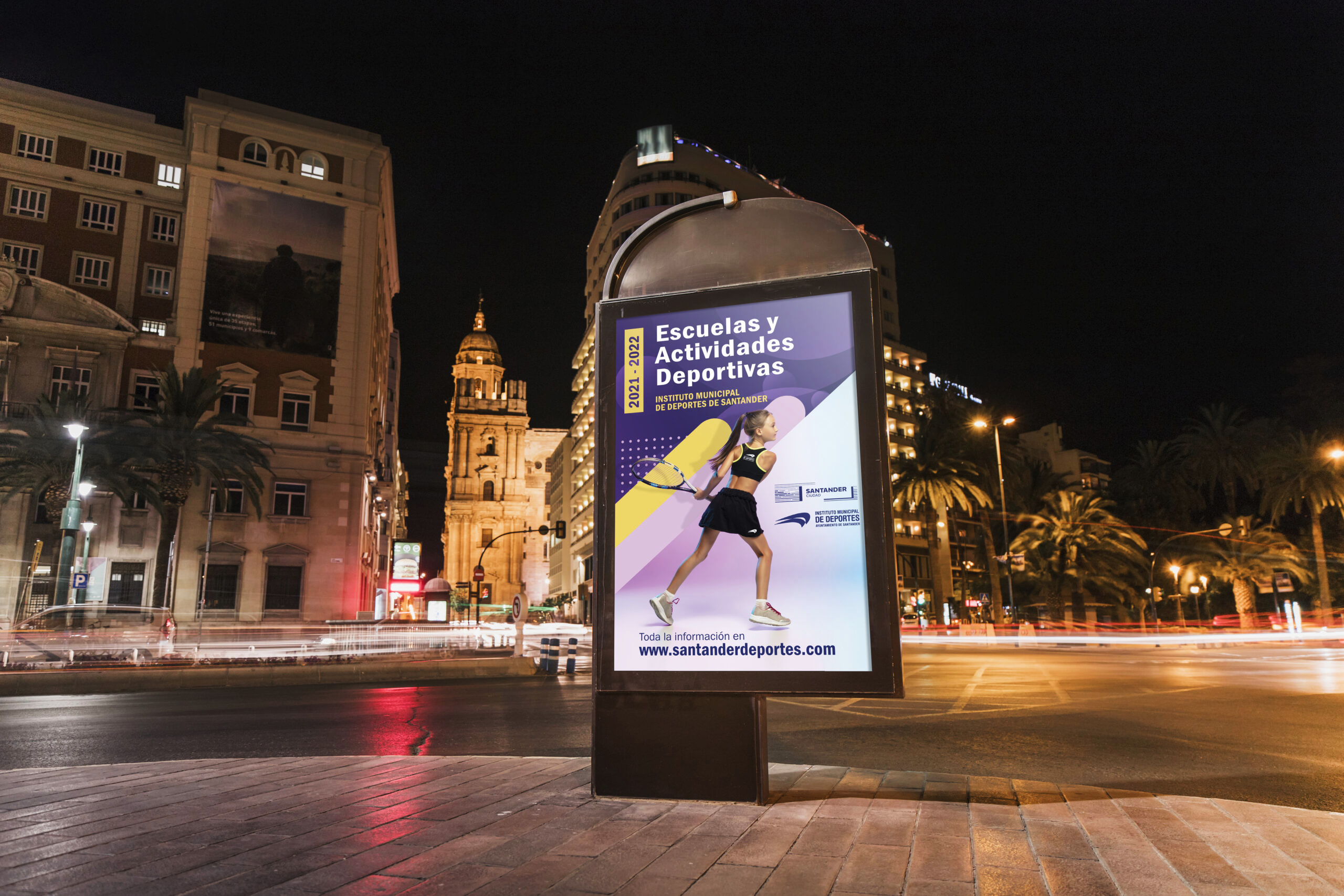
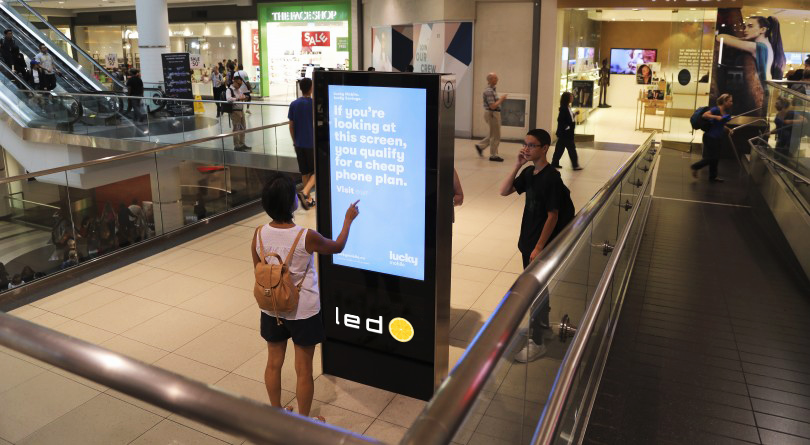
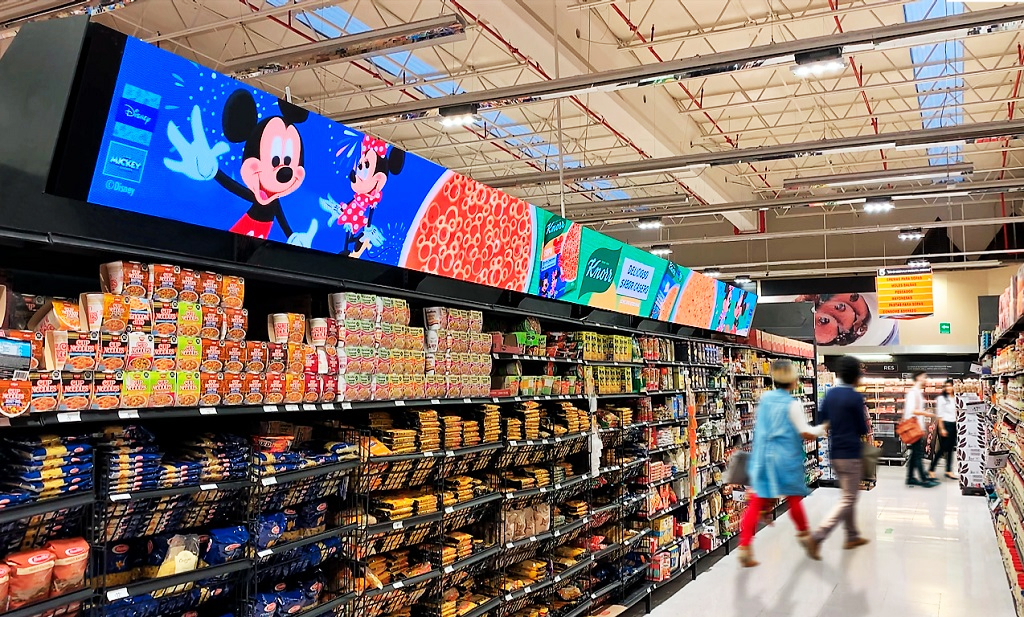
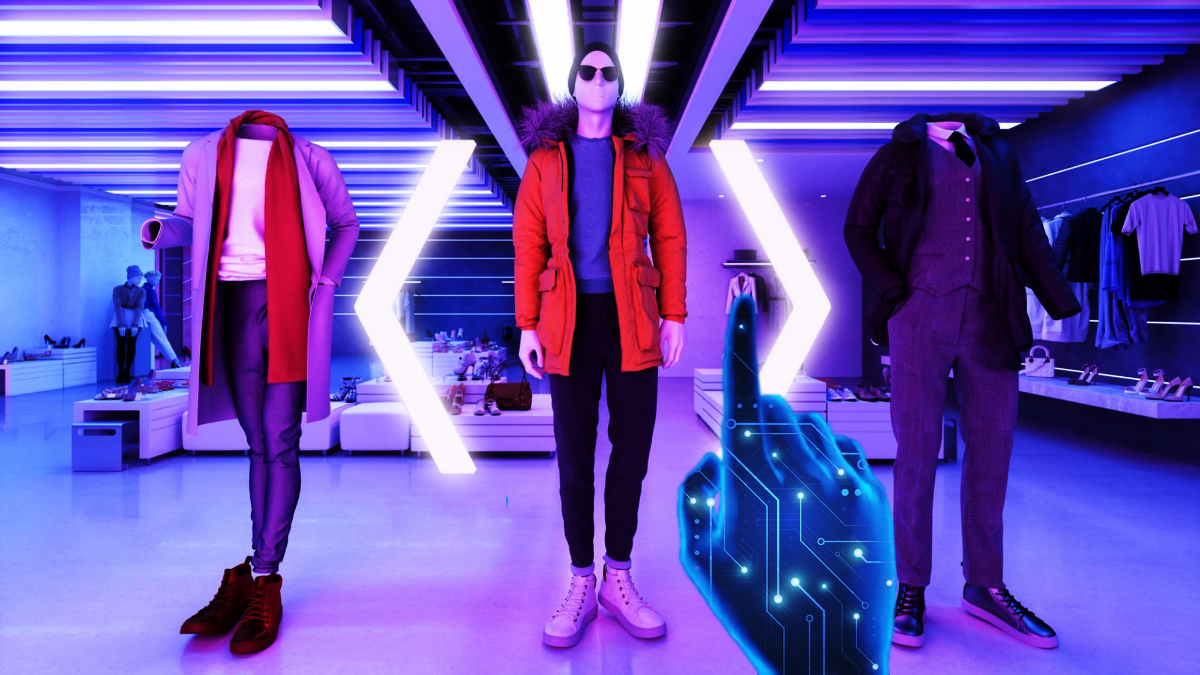
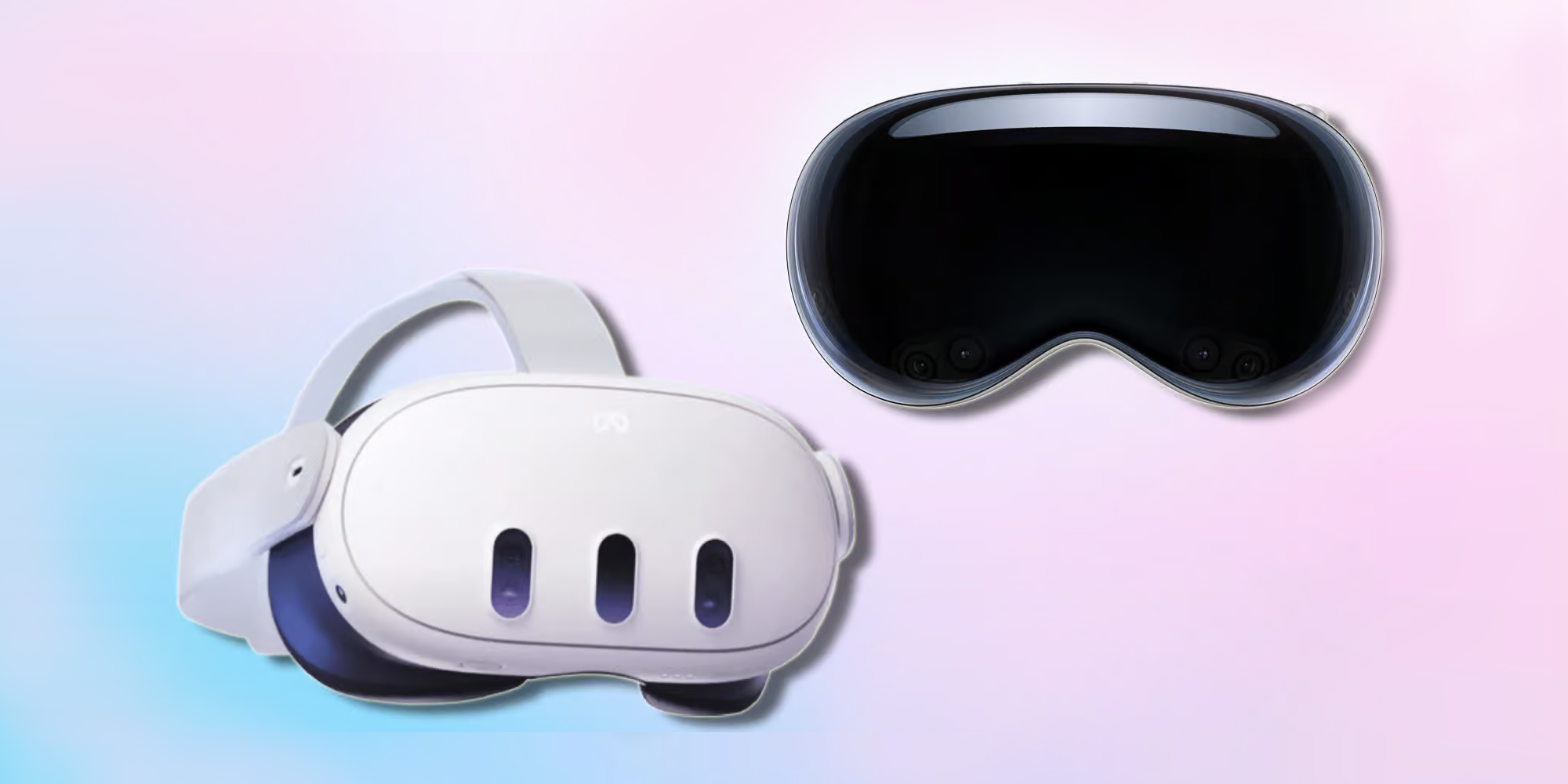
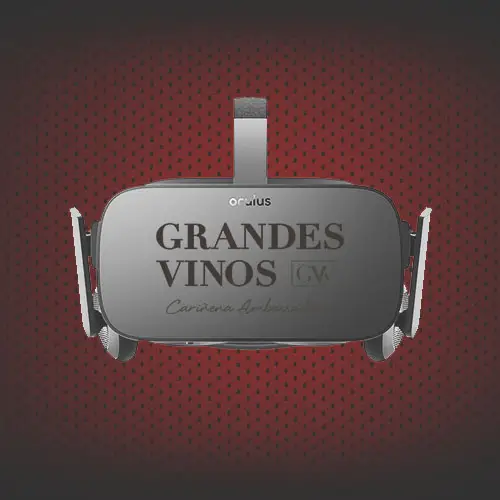









 RETURN
RETURN
